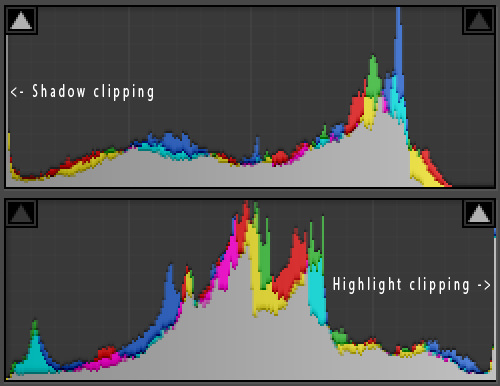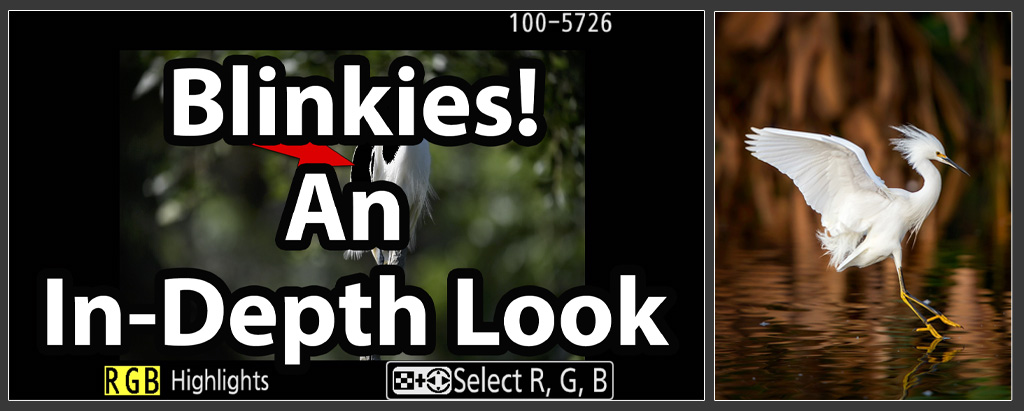I typically use spot metering but I meter off something that is medium grey, and lock exposure. If you use matrix metering, you'll need to underexpose with either EX.Comp, stop down, or faster shutter... The other option open to you on a D500 is highlight weighted meter, which will protect your highlights more. It's the meter mode that looks like "spot" with an Asterix above and to the right of it. I use that quite a bit on white birds. It tends to make your background dark though so you want to be careful that is the look you're going for.
All in all, I never really go wrong with "spot meter for medium grey and shoot away"... You just have to be aware when the light changes drastically.
Normally I have my camera set to Matrix metering, manual exposure with auto ISO while driving around since the light is changing quickly in that situation and I want to be ready if something happens right by the vehicle... When I get out of the truck I use my PV button (which I set to spot meter), meter for medium grey, and lock the exposure. Works for me...
Whatever you do, just looking at your image, it appears that you were in a situation where the light was pretty constant and quite bright. You'll need to make sure that you pay attention to that and have your exposure set to compensate best you can while you're out walking around. With Manuel and auto ISO you will generally be CLOSE to correct but not always and you can find yourself "chasing your exposure" around as the auto ISO keeps changing whatever you try to input, etc... When you think about it, medium grey is medium grey in the image you posted. If you had exposed for medium grey and locked it in, then you really dont have to think about it much more from there, unless a cloud bank rolls in our something...
Really there are a whole bunch of ways to "skin a cat" so to speak, it really boils down to what you're trying to accomplish artistically with the shot.
There are lots of resources on exposure, Steve's are honestly some of the BEST (hopefully you bought his e-book on exposure modes). Here is a YouTube video that is helpful as well. Its specifically about exposure in snow, but the concept is the same:




